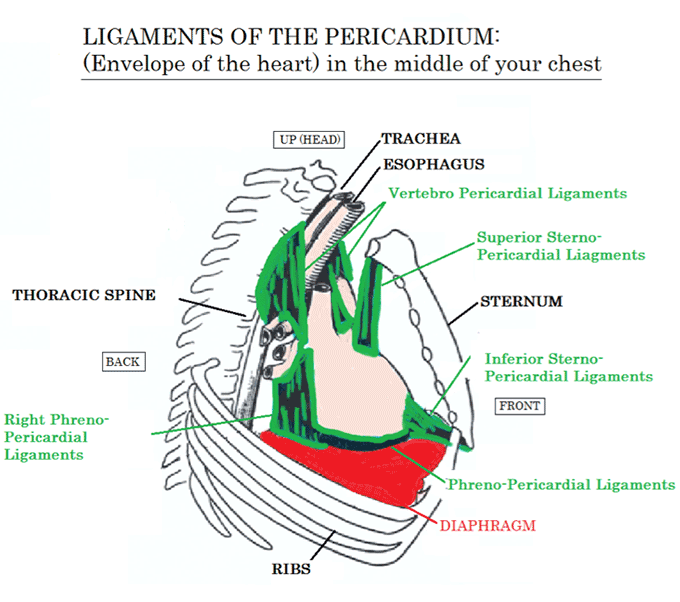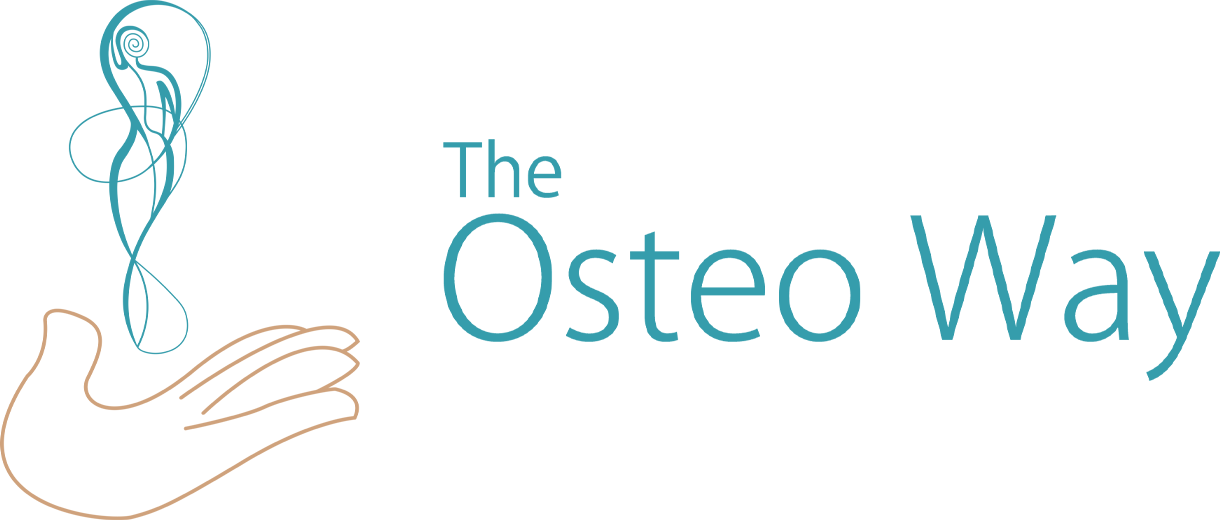Osteopathy works to improve the conditions of your body so that it can function properly. In today’s article, osteopath Chloé Sardin offers an account of one of the individuals that she assisted. Faced with a heart that had trouble functioning, neck pain, and a lack of breath, the individual was told that heart surgery was in the near future; however, after a few sessions with Chloé, things began to change. Read on to learn how Chloé was able to help, and to find out what some of the main principles of osteopathy are.
 One important Osteopathic principle is that the structure and function of the body are related. If we use a wheel as an example; its structure is the tire and the rim, whereas its function is to support the car, and allow it to move by rotating. Now, with a flat tire, the structure is damaged and the function becomes impaired: it is a pretty obvious diagnosis, no need to call the mechanics for this.
One important Osteopathic principle is that the structure and function of the body are related. If we use a wheel as an example; its structure is the tire and the rim, whereas its function is to support the car, and allow it to move by rotating. Now, with a flat tire, the structure is damaged and the function becomes impaired: it is a pretty obvious diagnosis, no need to call the mechanics for this.
Now let’s say the function of your tire is altered: your wheel doesn’t turn anymore because the structure of it must be damaged, but you can’t see why. At this point, if the automobile metaphor stops and we replace it with the human body, you might need an Osteopathic Therapist to help you figure out why your body isn’t working the way it should.
 Roger is 57 years old and his loving wife decided to send him to an Osteopath after she benefited from her own treatment. Roger’s doctor diagnosed him with an “Aortic Valve Regurgitation” which occurs when one of the gates of the heart that stops the blood flow doesn’t close tightly and allows some of the blood to flow back upstream into the previous chamber. This prevents your heart from efficiently sending blood to the rest of your body.
Roger is 57 years old and his loving wife decided to send him to an Osteopath after she benefited from her own treatment. Roger’s doctor diagnosed him with an “Aortic Valve Regurgitation” which occurs when one of the gates of the heart that stops the blood flow doesn’t close tightly and allows some of the blood to flow back upstream into the previous chamber. This prevents your heart from efficiently sending blood to the rest of your body.
 Like most patients affected with this condition, Roger had high blood pressure, was often out of breath, and felt fatigued. He was told he should have open heart surgery within 5 years, so he wanted to see if there was any chance to avoid or delay the surgery.
Like most patients affected with this condition, Roger had high blood pressure, was often out of breath, and felt fatigued. He was told he should have open heart surgery within 5 years, so he wanted to see if there was any chance to avoid or delay the surgery.
During our chat preceding the hands-on treatment, we learned that he also had reflux (heartburn), had a stressful job as a contractor, and had fallen on his back 10 years ago. He could vividly remember not being able to breathe for awhile as he was laying there following the fall. These elements could also have contributed to his condition.
During the Osteopathic treatment, we assessed and helped his whole body to increase in mobility, particularly in the chest/thorax area. Remember the wheel metaphor? If the chest is a cube, the outer walls are:
- In the back: the thoracic spine
- On the outside: the ribs
- In the front: the sternum (breastbone)
The inner walls inside the chest are:
- The lung’s connective tissues (pleura)
- Ligaments linking the envelope of the heart (the pericardium) to its surroundings: the sternum, the diaphragm, the thoracic vertebrae, and to the connective tissues holding to the “tubes of the throat” (esophagus, trachea, etc.)

This structure/function relationship means that improving the structure of the chest and its inner components can help its organs to potentially work more efficiently. The treatment involved a lot of mobilizations of these “parts” and some home exercises to continue the work of expanding his rib cage and some breathing exercises to work on the bottom part of the ligaments.
Roger noticed after each treatment that his neck had more mobility, he felt less pressure in his chest, he wasn’t dizzy when he was getting up fast, and no longer experiencing any shortness of breath. He seemed quite happy about it, and we left it there.
 A year later, he came to us for a follow up check-up and he said, “You’re not going to believe this, but my doctor was dumbfounded by the fact that my heart is better – much better – and it doesn’t sound like I need surgery any time soon!”
A year later, he came to us for a follow up check-up and he said, “You’re not going to believe this, but my doctor was dumbfounded by the fact that my heart is better – much better – and it doesn’t sound like I need surgery any time soon!”
Was it the Osteopathic treatments, the home exercises, or the lifestyle changes to reduce stress? Or was it the combination of all of those that could have helped him? No one knows, but we are happy he feels healthier!
To book an Osteopathic appointment with me, click here.
